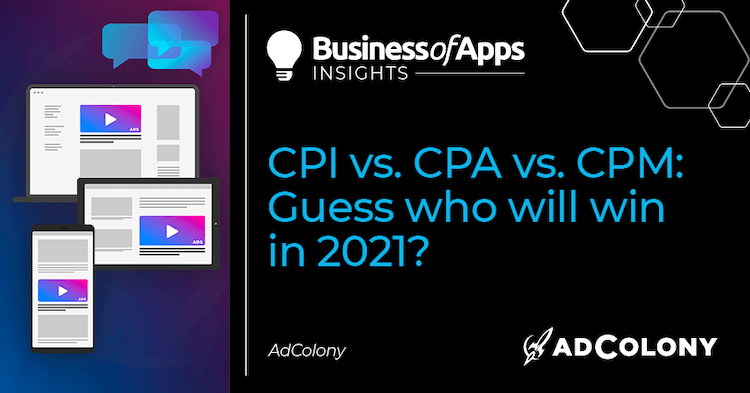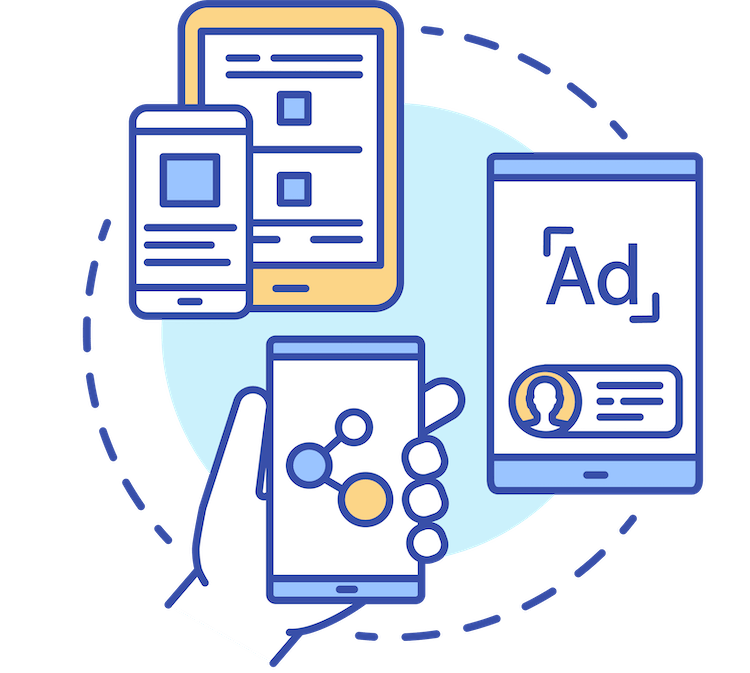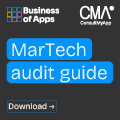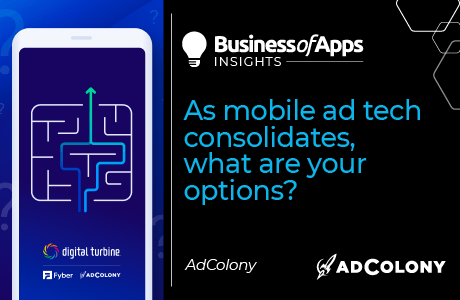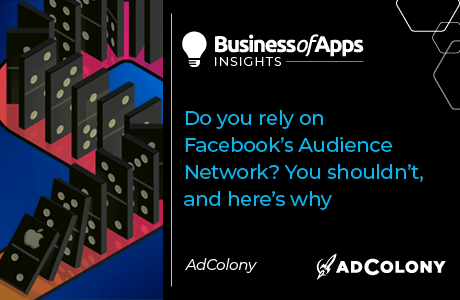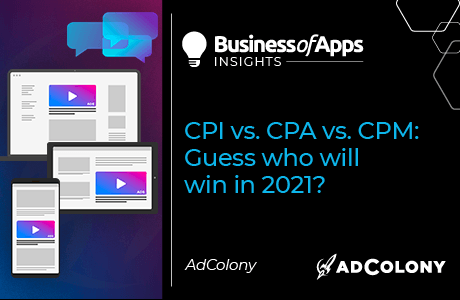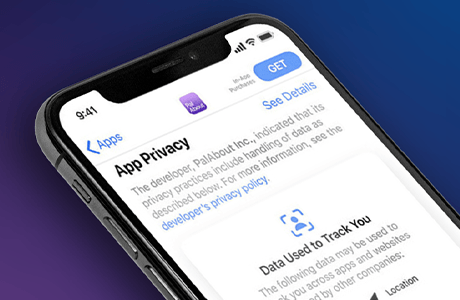Display media has traditionally been bought and sold on an impression level (CPM), but in the early days of mobile marketing, app developers saw they could pay only for ads that directly resulted in an install and chose the Cost Per Install (CPI) model instead.
This was great in theory, but they quickly realized that an install is not a user, and many shifted to the CPA, or Cost Per Action, pricing model. In this scenario, they pay only for “events,” or conversions within their app, such as a click, a form submission, or even an in-app purchase from that user.
This LTV-centric approach was also great, in theory. But with CPA, the advertiser loses touch with the consumer journey and loses the ability to track consumers or generate large-scale brand awareness.
Additionally, both CPI and CPA are pricing models that are rife with ad fraud, because they create a high incentive to game attribution and cannibalize organic events. With CPI, fraudsters would generate fake users or hijack real ones, and with CPA, they went one step higher – using sophisticated bots to fake in-app events and purchases deep within the app. (For a good hard look at the problem, see AppsFlyer’s 2020 Mobile Ad Fraud report.)
To avoid this problem altogether, as brands take programmatic in-house – which now about 70% of them are doing – they are looking to shift their pricing model back to CPM.
Why? Because CPM is as close to the cost of the media as possible, so it’s the most effective way for marketers to protect their ad spend from fraud and get real transparency, to ensure brand safety. And brand safety is certainly a concern, especially within the programmatic space, and will continue to be so in 2021.
Also, today, advertisers have the option of dynamic CPM, which accounts for multivariate optimization, predicting the optimal bid price while maximizing the goal KPI.
Lastly, if they combine last-click and view-through attribution, app marketers can also see how those impressions are performing. Impression-level data lets us see the true value of each placement so we know the role it played in driving conversions.
So if CPM is all that, what’s the problem? Well, all of these premium benefits come at a cost.
First, a literal cost…
Time for a MarTech health check
Is your MarTech stack fueling growth or wasting budget? Spot the issues and fix them fast with this free guide from the experts at ConsultMyApp.
Download nowWhen you’re transacting on a CPI, you can typically get a user for $1.50 or $2, max. When paying for an impression, the cost of that same user might be more like $10-15.
That creates more than a small sticker shock. It’s comparable to someone accustomed to paying $1 or $2 for a hamburger sitting down in a restaurant and ordering a burger for $13.95.
The question is, is it worth it? Are you okay with spending that money on your restaurant burger because of the ambiance? In advertising, the environment that you’re in means a lot. As noted above, brand safety in today’s digital climate is paramount for many companies.
What about supply chain? Say, in this scenario, you have no idea where the ingredients in your $1 burger came from, let alone how it was made or handled before making its way into your mouth. The restaurant burger, on the other hand, is clearly labeled with the source of the meat, and the company has a long-standing reputation for cleanliness.
And, when you go to pay for the bill, you feel certain that your credit card is safe – whereas at the cheaper joint, you might feel a bit wary. There are plenty of other parallels I could make here, like about the quality of the service and the level at which you know the other patrons, but you get the idea.
Everyone wants to build their user base the most efficient way possible, but what I’ve been seeing, and continue to see as we start this new year, is an emphasis on quality over quantity. And the truth is, when you want premium quality, you’re going to end up paying more for it.
The other cost of this return to CPM, then, is more of a psychological one. Those who were accustomed to a hands-off approach to user acquisition – “you get me the install and I’ll take care of the rest” – now must mentally shift back to caring about the identity of the audience itself. It’s an adjustment of expectations, but once made, they’ll find all of the benefits, like verification, audience insights, and all the bells and whistles and that come with awareness, to be well worth that shift.
Mobile marketing itself has shifted, from top of funnel, almost blind user acquisition, to down-funnel conversions and re-engagement. As the digital advertising industry solidifies its transition to programmatic, nearly 85% this year, going back to CPM pricing is going to be key in meeting our new (and improved!) outcomes.



